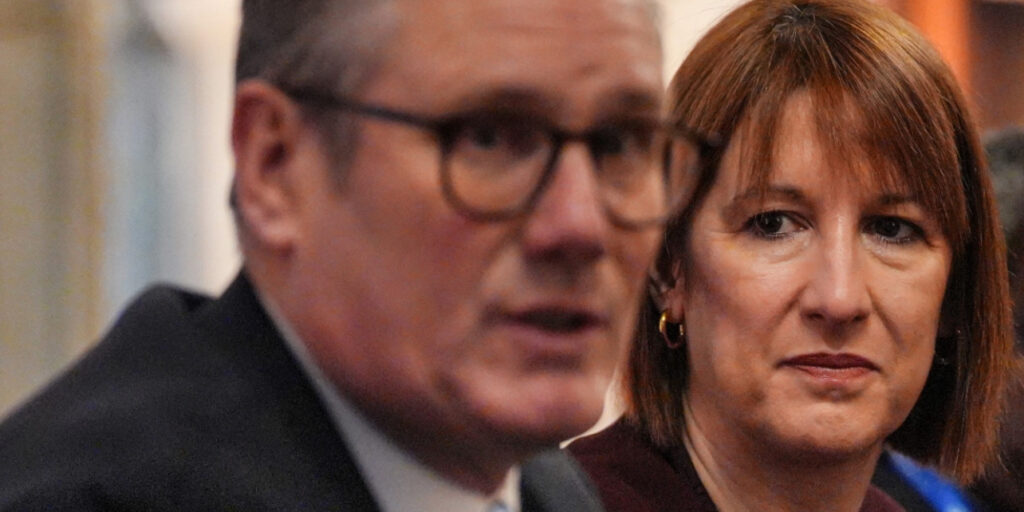The Chancellor‘s move to hike capital gains tax will result in a £23bn shortfall in government revenue, according to the budget watchdog’s warning.
Rachel Reeves, in her inaugural Budget last year, raised the upper rate of capital gains tax by 4 percentage points, simultaneously reducing relief for those disposing of companies or shares.
Official forecasts indicate that this tax increase has had unintended consequences, as investors hurried to offload assets before the enforcement of the new rates.
Following the Spring Statement on Wednesday, the Office for Budget Responsibility (OBR) revised its revenue projections from capital gains tax downwards for the next five years, culminating in a £23bn reduction by 2030.
Starting in April, the primary capital gains tax rates will climb from 10% to 18% for basic-rate taxpayers and from 20% to 24% for those at a higher rate.
Additionally, reductions in business asset disposal relief, which previously permitted owners to sell companies or shares valued up to £1m at a reduced 10% tax rate, will see this rate increase to 14% in April and further to 18% by 2026.
This leaves investors with just over a week to take advantage of the current 10% rate. The OBR forecasts that capital gains tax revenues will decline from £15.7bn to £13.3bn in the forthcoming financial year, with a continued decrease over the following five years.
By 2030, the watchdog anticipates that the Treasury will collect £25.5bn in capital gains, down £5.5bn from its previous October estimates.
Alex Davies of the investment platform Wealth Club criticised the increase as “a ridiculous move from a government allegedly determined to ‘kickstart growth’.”
He argued that higher rates prompt behavioural changes among taxpayers—from rushing to sell assets before the rates increase, to holding onto them much longer in the hope of future rate reductions. This, he suggests, results in diminished tax receipts in the long term and stifles economic growth as asset transactions decrease.
This policy has added to the challenges faced by the already embattled Chancellor, who earlier this week defended grim growth projections released by the budget watchdog.
Reeves cited a rapidly changing global landscape as the reason for her decisions to cut benefits and reduce Whitehall spending. The OBR has halved its growth forecast for 2025 to just 1%, significantly undermining Labour’s key goal of economic expansion.
Charlene Young from AJ Bell indicated that Ms Reeves might have been caught out by the Laffer Curve, an economic principle stating that government tax revenue is nil at both zero and 100% tax rates.


